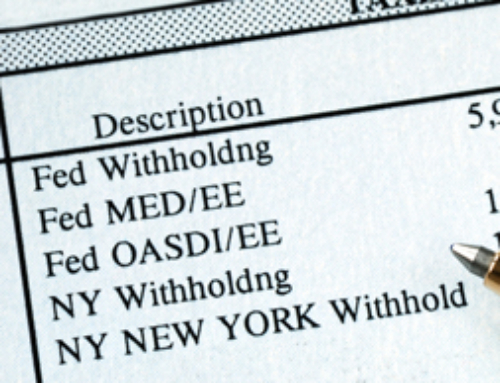 It’s always worthwhile to plan for saving money, even when the stock market is tanking. The fact is that you don’t need to put your money into anything risky—there are always savings accounts and certificates of deposit, for example. You may not earn much with these options, but you won’t lose anything either.
It’s always worthwhile to plan for saving money, even when the stock market is tanking. The fact is that you don’t need to put your money into anything risky—there are always savings accounts and certificates of deposit, for example. You may not earn much with these options, but you won’t lose anything either.
Folks who want to save money but who don’t earn very much money may even get a little incentive from Uncle Sam. The Savers Credit is designed specifically for people whose adjusted gross income is not more than $55,500 (married filing jointly), $41,625 (head of household), or $27,750 (single, married filing separately or qualifying widow/er).
This credit is worth up to $1,000 per person ($2,000 on a joint tax return). A credit is a refund of taxes paid, which means that it’s worth more than a deduction.
How can you get this luscious gift from the IRS? All you have to do is contribute money to your IRA, 401(k) plan, or other retirement plan at work and then claim this credit using Form 8880. You must be 18 or older to qualify.
If you also take distributions from your retirement plan or IRA in the same year, you must deduct those distributions from the amount you contributed to the IRA or retirement plan. Essentially, your credit is based on your net contributions for the year.
What’s the Savers Credit’s catch? There usually is one, right?
Alas, when your income is low enough to qualify, you often have enough deductions (mortgage interest or medical expenses) or other credits (child tax credit or earned income credit) that wipe out your tax liability anyway.
The Savers Credit is a non-refundable credit. In other words, it is only designed to reduce your taxes. There is no refund once your tax liability is wiped out. And it doesn’t carry over to the next year. It’s a one-shot deal.
Most of the tax returns I see where the taxpayer’s income is low enough to qualify end up not being able to use the Savers Credit at all. However, other tax professionals say they’ve seen the opposite effect, so, clearly, it’s worth testing each tax return to see if you can use it.
And if you can’t use the Savers Credit? At least you ended up setting some money aside for your own future.
READ MORE:
Best Tax Tips: The Tax Effects of School Supplies and Courses
2012 Standard Mileage Rate: How it affects Your Business Vehicle
Entrepreneurs and Start-Ups: Best Tax Tips
August 2011 Summer Tax-Free Days
Common Mistakes the Self-Employed Make
How Divorce Affects Your Tax Return
Sales Tax – Are All Those Receipts Worth Saving?
Eva Rosenberg, EA is the publisher of TaxMama.com , where your tax questions are answered. Eva is the author of several books and ebooks, including the new edition of Small Business Taxes Made Easy. Eva teaches a tax pro course at IRSExams.com and tax courses you might enjoy at http://www.cpelink.com/teamtaxmama.






